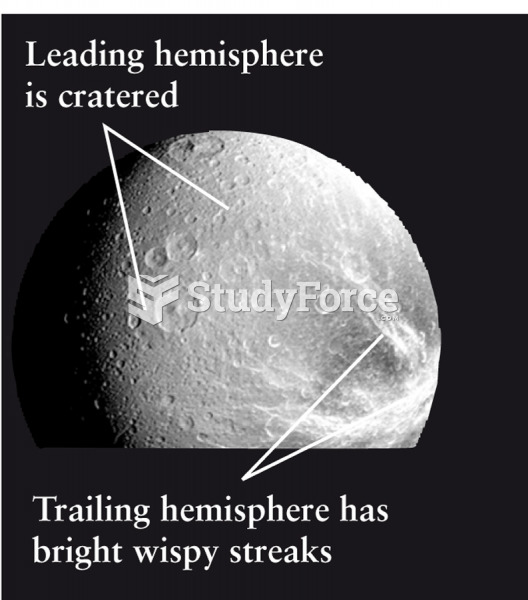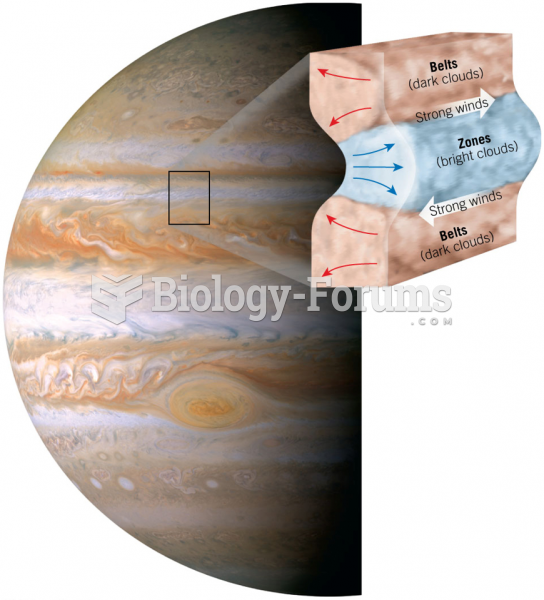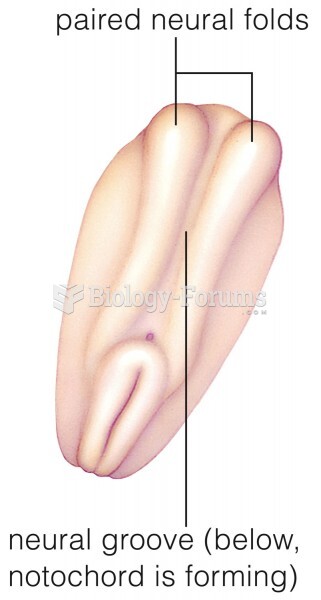Answer to Question 1
The smaller moons of Saturn are icy worlds battered by impact craters, and you can suspect that they are cold and old. Small worlds lose their heat quickly, and with no internal heat, there is no geological activity to erase impact craters. A small, icy world covered with craters is exactly what you would expect in the outer solar system. Enceladus, however, is peculiar. Although it is small and icy, its surface is highly reflective, and some areas contain fewer craters than you would expect. In fact, some regions seem almost free of craters. Grooves and faults mark some regions of the little moon and suggest motion in the crust. These features should have been destroyed long ago by impact cratering, so you must suppose that the moon has been geologically active at some time since the end of the heavy bombardment at the conclusion of planet building. The water vents discovered at the south pole of Enceladus show the moon is still active.
Answer to Question 2
The brilliant rings of Saturn are made up of billions of ice particles ranging from microscopic specks to chunks bigger than a house. Each particle orbits Saturn in its own circular orbit. From Earth, astronomers see three rings labeled A, B, and C. Voyager and Cassini images reveal over a thousand ringlets within the rings. The C ring contains boulder-size chunks of ice, whereas most particles in the A and B rings are more golf-ball size, down to dust-size ice crystals. Furthermore, C ring particles are less than half as bright as particles in the A and B rings. Cassini observations show that the C ring particles contain less ice and more minerals. The F ring is clumpy and sometimes appears braided
due of two shepherd satellites. The Encke Gap is not empty. A small moon orbits inside the gap.







